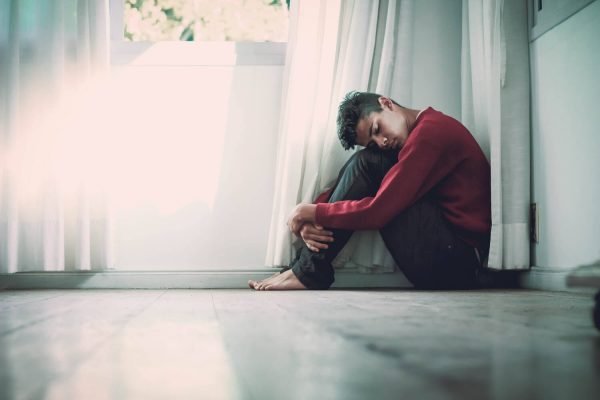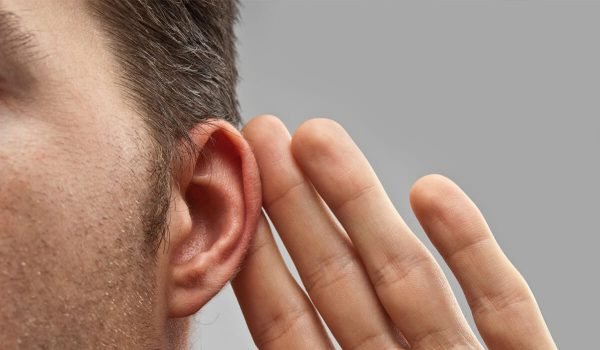Having a stroke affects your physical and mental abilities in different ways. It can also change your life in many other ways.
Your or your loved one’s hospital care team will recommend a rehabilitation therapy plan. This can include nurses, physical therapists, occupational therapists, and speech-language pathologists. They will help you reach your full recovery potential.
Table of Contents
Stage 1: Early Recovery
Each person’s recovery is unique, but many stroke survivors experience improvement right away. This is due to neuroplasticity, the brain’s ability to take over new functions and compensate for old ones that have been lost.
When a stroke occurs, patients are typically taken to a hospital for treatment. They will be assessed in the emergency department to ensure that they are stable and that the type of stroke (ischemic vs. hemorrhagic) can be identified so that appropriate treatments can begin immediately.
Medical treatment can include clot-dissolving drugs, surgery, and other acute care interventions during this time. It may also involve rehabilitation therapy, which is usually started as soon as possible to take advantage of the brain’s heightened state of neuroplasticity. Patients may receive a range of physical, occupational, and speech therapies.
Stage 2: Early Adaptation
During the early adaptation stage, survivors continue to see improvements in their ability to speak, walk, and move their arms and legs. They also focus on reducing spasticity by continuing to use and progress their physical therapy exercises.
Often, stroke survivors receive at-home healthcare, including home therapy programs, after discharge from the hospital or SNF. This enables them to work with a home healthcare team that typically includes speech-language, occupational, and physical therapists.
At this stage of the stroke recovery timeline, stroke survivors must be consistent in their rehabilitation because brain plasticity is highest in the first three months after a stroke. Moreover, the benefits of regular rehabilitation can last for years after a stroke.
Stage 3: Moderate Recovery
At this stage, people begin to experience some secondary effects associated with stroke, such as one-sided paralysis or weakness (also called hemiplegia or hemiparesis) and problems with balance and gait. They might also have trouble swallowing and experience chronic nerve damage pain.
As the brain adapts and reorganizes, the muscles loosen up, and a person’s movements become less jerky and twitchy, although they still lack coordination. Spasticity (muscle tightness) decreases, and the brain becomes better at sending signals to specific muscles to control movement.
People may be discharged from the hospital, SNF, or home care and transferred to an outpatient rehabilitation clinic where they’ll work with speech-language, occupational, and physical therapists. These sessions usually occur several times weekly and pick up where inpatient rehab left off.
Stage 4: Moderate to Strong Recovery
In this stage, a person’s movement improves, and involuntary muscle tightening reduces. This allows the brain to send better signals to control movements. At this point, people start retraining more complex movement patterns and may use equipment to assist with activities such as dressing or playing tabletop games. It’s still a good idea at this stage to hire someone from a home care agency Philadelphia or similar, as full physical movement may not be returned and day-to-day tasks may be tiring after a while. Having someone on-hand can help ease the recovery process and prevent over-straining of the muscles.
Cognitive function also continues to improve, although it may not return altogether. This is due to the brain damage that occurs when a stroke causes loss of blood flow to the brain. It can lead to problems with memory and thinking. Some people develop long-term disabilities, but others recover to live a whole life. The factors affecting recovery are where the stroke happened in the brain when it occurred, and how severe it was.
Stage 5: Strong Recovery
During this stage, regular movements are regained with better coordination. Patients can perform complex movement patterns on the affected side with greater independence, reducing the assistance of therapists and caregivers.
This stage involves hospital discharge and at-home healthcare, including physiotherapy, occupational therapy, speech and language therapy, and nursing. Clinicians visit the patient several times weekly to determine where inpatient rehabilitation left off.
From what we know from animal models, functional recovery after stroke is associated with the formation of new connections between neurons. This process involves surviving neurons in the peri-infarct tissue enlarging their dendritic tree and sprouting axons to form new connections with both local and distant brain regions.





